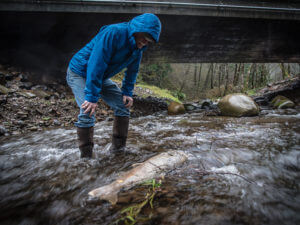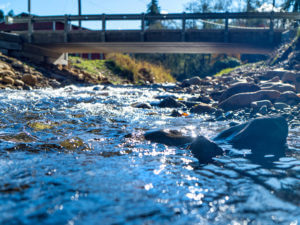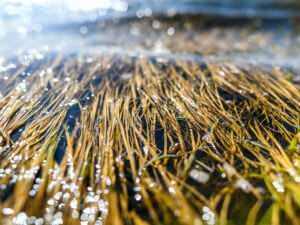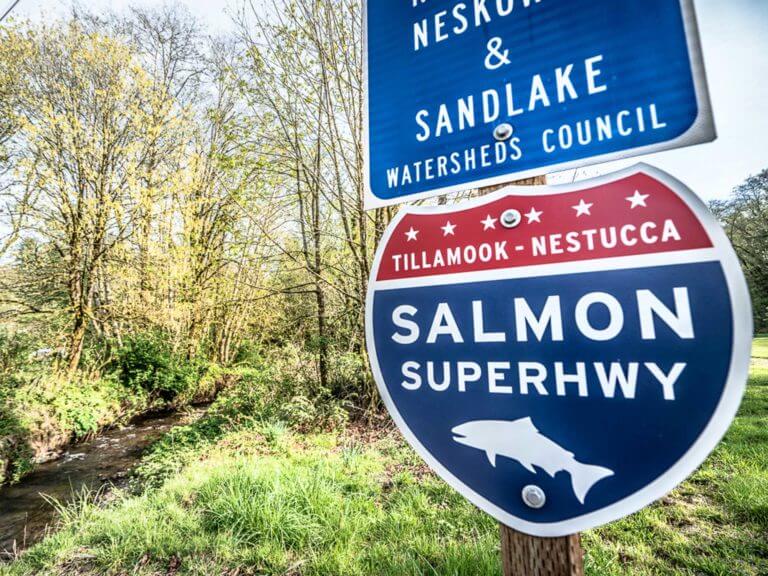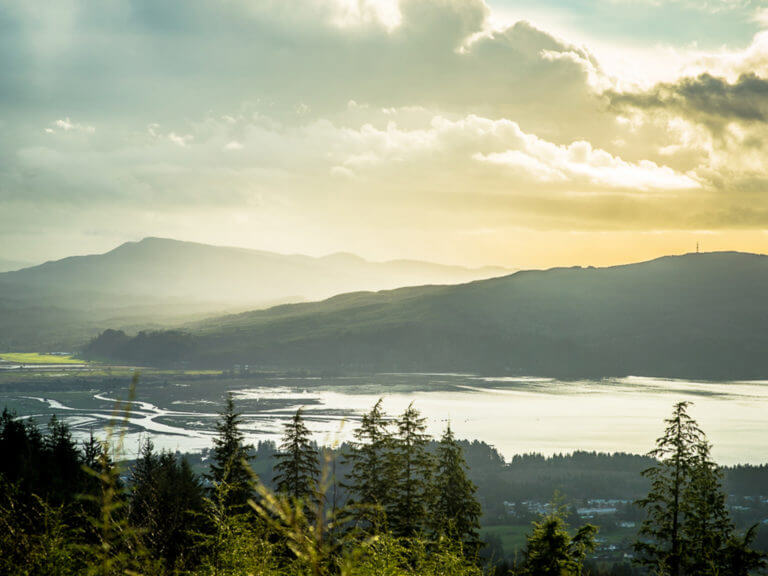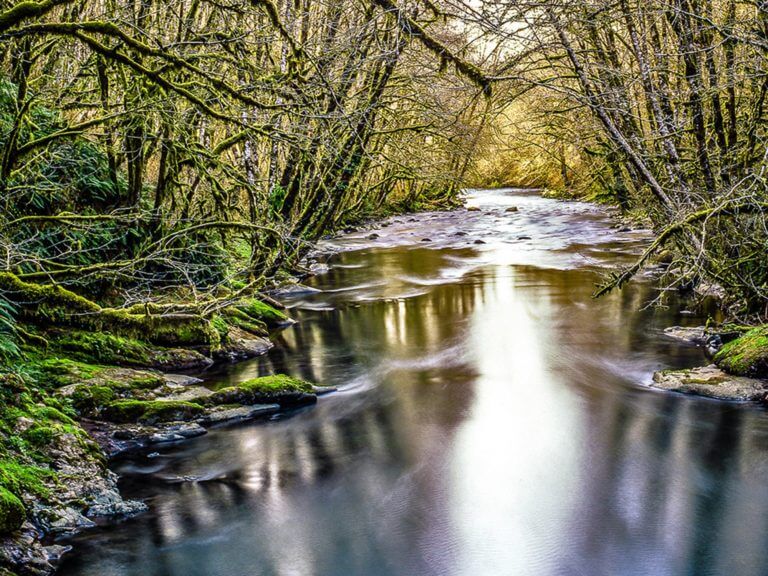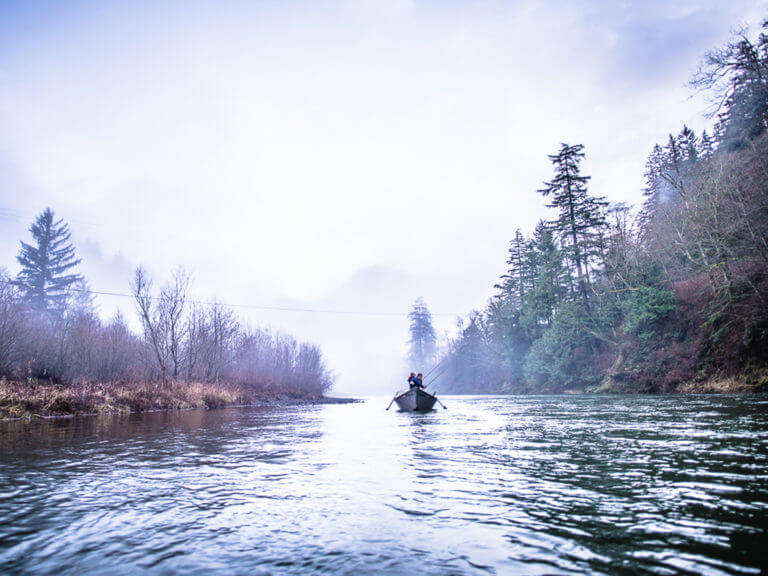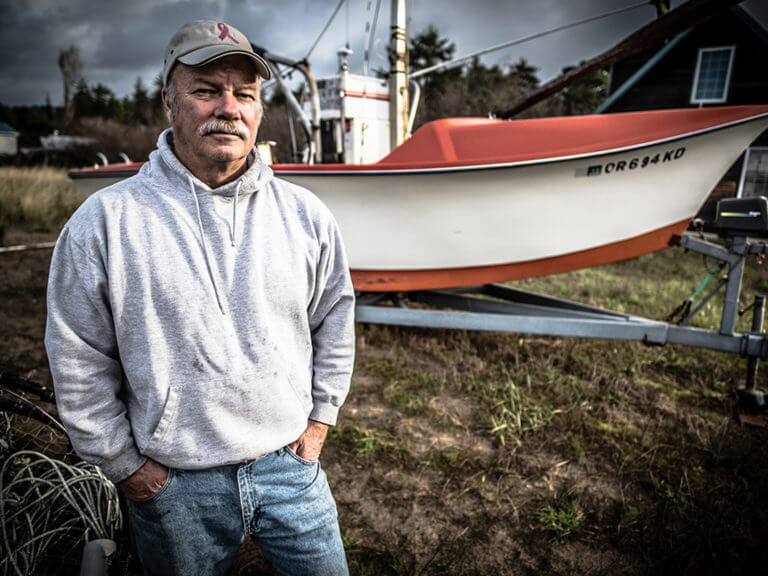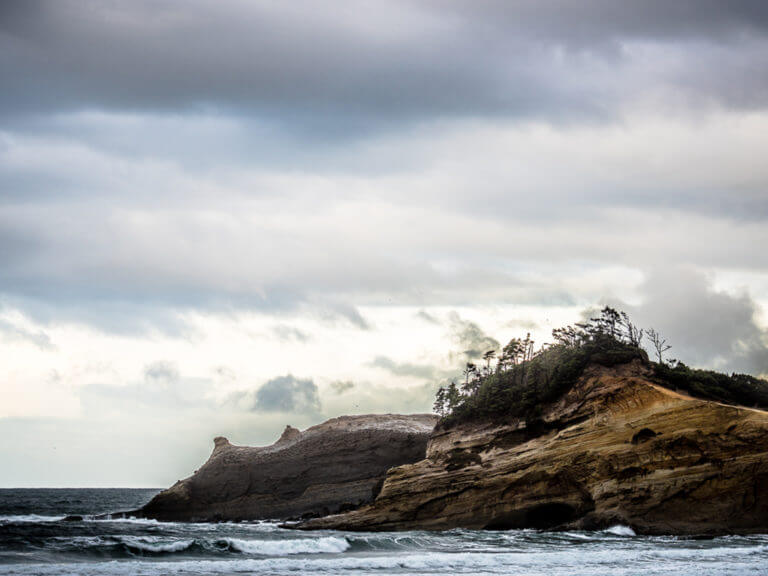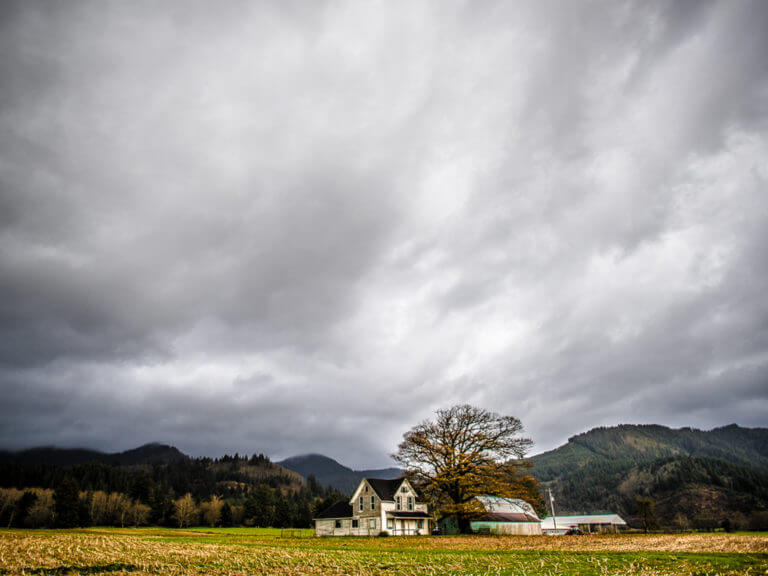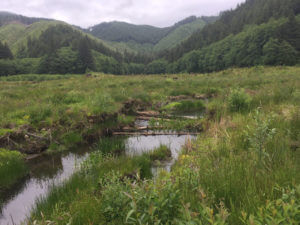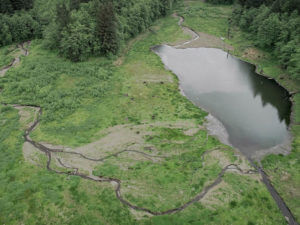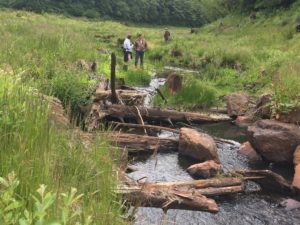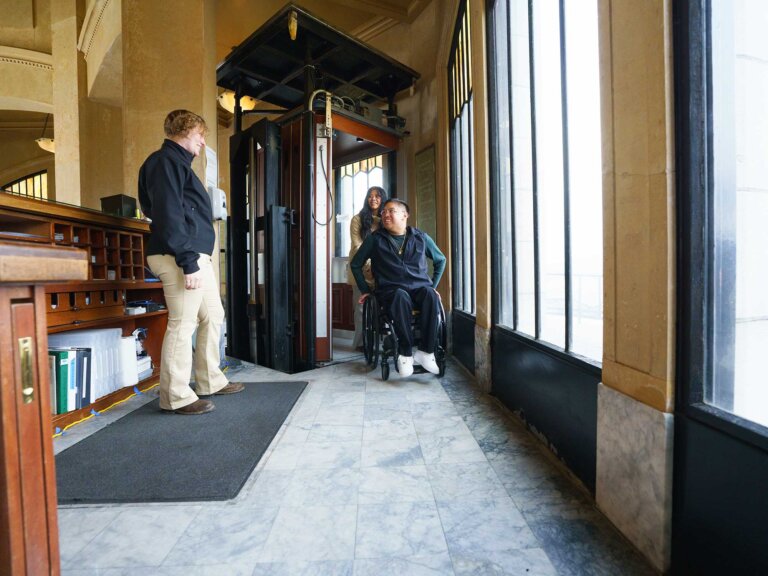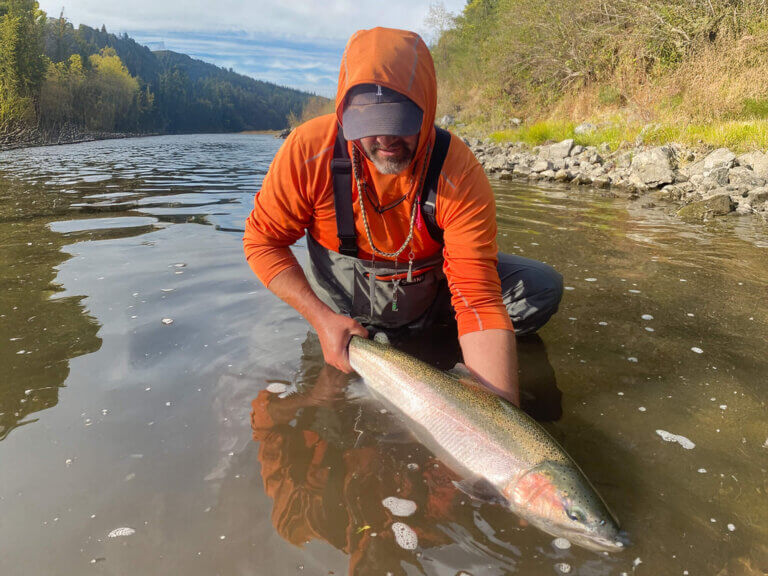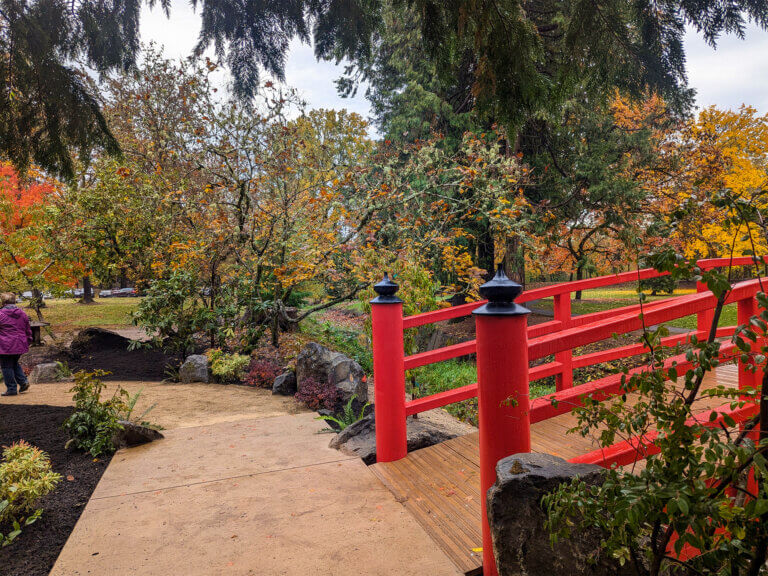North Coast River Systems
The Salmon Superhwy
Transforming an Oregon watershed for the benefit of both fish and people
Connecting Communities One Fish at a Time
The Northwest corner of Oregon has been undergoing construction on a new superhighway that will transform that part of the state. Although the project has been underway since 2014, many Oregonians have remained completely unaware of the work in progress. And for good reason. After all, this particular superhighway isn’t meant to speed cars and trucks along their way. Instead, it’s meant to restore important river and inland stream routes used by salmon and other ocean-going fish. It has reunited them with territories they’ve historically used to spawn and where juvenile fish grow, but which have been largely cut off by obstacles that have been placed in the waterways over the course of decades.
An Innovative Approach through Partnerships
A big picture view–it’s an important goal and an innovative approach. Instead of various stakeholders working in a vacuum—as sometimes happens—the Salmon Superhwy project brings together some two dozen government agencies, non-profit organizations, local businesses and private landowners. Together they’ve identified, prioritized and analyzed the costs of ALL of the projects that would be required to remove the remaining barriers to fish passage. Their initial findings identified more than 260 barriers that would cost $140 million to remove and would take about 70 years at current spending levels. But instead of stopping there, the partners sharpened their pencils and got to work on a better plan (from their website):
“Through a detailed cost-benefit analysis, they then determined the precise portfolio of projects that achieves absolute maximum habitat bang-for-the-buck: 93 projects that will result in access for 6 species of ocean-going fish to 95% of the habitat available at a fraction of the cost of a more traditional approach.”
As a result, the timeframe to accomplish the work was reduced from 70 years to just ten, and the $140 million price tag was slashed to $34 million.
Since then, work has been undertaken on many of the projects. As of 2019, 29 of the 93 priority barriers have been removed. Over 80 miles of habitat have been reconnected—almost halfway to the goal of 180 miles. And it’s not just fish that have benefited. To date, 129 jobs have been created, road flooding has been reduced at culverts, and Oregon’s vital fishing industry benefits from a stronger and larger population of ocean-going fish.
How Your Lottery Play Helps
Through the Oregon Watershed Enhancement Board, lottery dollars play a vital role in the Salmon Superhwy project.
We’re proud to be just a part of this important work that benefits both fish and people in so many ways, all the while demonstrating that Oregon works best when we come together to accomplish our goals—even building a superhighway for ocean-going fish.
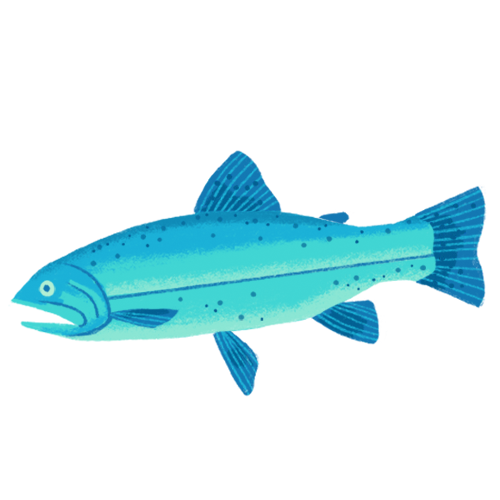
Highlighted Project
Skookum Dam Removal
A failing structure’s removal benefits both fish AND people
Just One of the 93 Projects…
Not all barriers to fish passage are culverts or tidegates. The earthen Skookum Dam on Fawcett Creek prevented fish access to almost two miles of upstream habitat, including the Tillamook Watershed’s only lake system. But worse than that, the dam, built in 1965 atop a natural slide, was at risk of failing, endangering homes and other structures below.
The dam has since been removed—one of the Salmon Superhwy’s larger projects to date. Already, pools and backwaters are forming and should soon provide excellent habitat for spawning and rearing young fish. And homeowners downstream have the confidence of knowing that a structure, which had become a threat, was no longer a risk to their homes and lives.
Featured Projects
Featured Games
LOTTERY DOLLARS DOING GOOD THINGS IN YOUR COMMUNITY
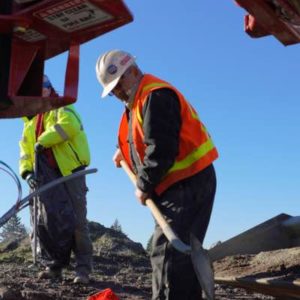
Economic Growth

State Parks
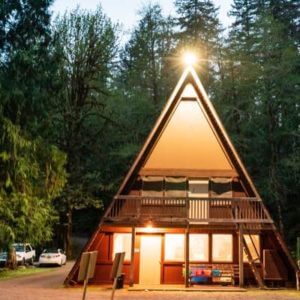
Outdoor School
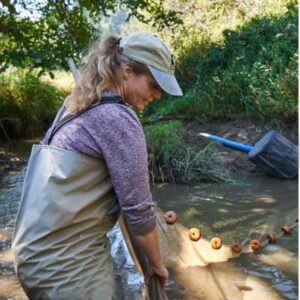
Natural Habitats

Public Schools

